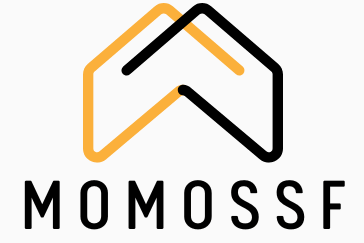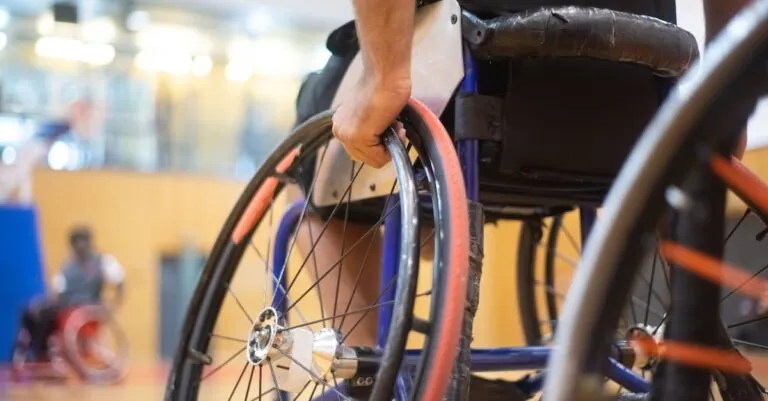Mastering a language can feel like trying to solve a Rubik’s Cube blindfolded—frustrating and a bit daunting. But fear not! With a sprinkle of humor and some easy language tips, anyone can transform into a communication wizard. Whether it’s impressing friends at a dinner party or just trying to order a coffee without a linguistic meltdown, these tips are here to save the day.
Table of Contents
ToggleUnderstanding Easy Language Tips
Easy language tips simplify communication. These strategies help make interactions clearer and more effective for speakers and listeners alike.
What Are Easy Language Tips?
Easy language tips include practical suggestions that enhance understanding. Utilizing simple vocabulary is one effective method. Choosing short sentences also aids in clarity. Additionally, using active voice creates direct and engaging communication. Repeating key messages reinforces understanding. Pausing allows processing time for listeners. These techniques ultimately facilitate smoother conversations.
The Importance of Language in Communication
Language serves as the foundation of effective communication. Clear expression prevents misunderstandings, fostering connection and collaboration. Effective language usage builds trust and credibility in interactions. Moreover, strong communication skills enhance personal and professional relationships. In educational environments, language proficiency supports learning and information retention. Without clear language, important messages can be lost, leading to confusion or frustration. Prioritizing language skills significantly impacts successful interactions in everyday life.
Practical Easy Language Tips
Effective communication enhances understanding and builds connections. Incorporating simple strategies can significantly improve language usage.
Tip 1: Simplify Your Vocabulary
Opt for common words instead of complex ones. Replacing jargon with straightforward alternatives increases clarity. For example, use “help” instead of “assist.” Favor familiar terms that resonate with the audience. This approach avoids confusion and invites open dialogue. Additionally, using specific words helps convey meaning precisely. When possible, eliminate unnecessary technical language. Strive for simplicity to maintain engagement.
Tip 2: Use Shorter Sentences
Crafting shorter sentences makes information digestible. Each sentence should express a single idea to prevent overwhelming the reader. For instance, break long statements into smaller segments to clarify points. Engaging with concise phrases enhances readability. Readers process brief sentences more effectively, allowing for greater retention. Aim for an average of 10 to 15 words per sentence to maintain momentum. Clear, succinct expressions foster better communication and understanding.
Easy Language Tips for Writing
Effective communication relies on using straightforward language. These tips enhance clarity and ensure messages resonate well with the audience.
Clarity Over Complexity
Choosing common words promotes understanding. Simple vocabulary encourages open dialogue and makes communication accessible. Using specific terms conveys ideas more precisely. Avoiding jargon prevents unnecessary confusion. Readers grasp messages more readily when clarity takes precedence. Conversations become smoother and more enjoyable when language is straightforward. Remember, a clear message empowers individuals to connect and share ideas without barriers.
The Power of Active Voice
Active voice brings energy to writing. It makes sentences more direct and impactful. Using active construction emphasizes the doer of an action, enhancing engagement. Readers respond better to clear subjects and verbs. This approach keeps writing concise and lively. Sentences convey rich meaning while remaining easy to read. Switching from passive to active voice can transform dull phrases into vibrant statements. Writers create a compelling narrative through the strength of active voice.
Easy Language Tips for Speaking
Effective communication hinges on clarity. Enhancing speaking skills involves specific techniques that elevate interactions.
Speak Slowly and Clearly
Speaking at a measured pace aids comprehension. Slowing down allows listeners to absorb information fully. Clear enunciation minimizes misunderstandings. Strong emphasis on key terms reinforces important points. A calm tone conveys confidence and ensures the audience stays engaged. Practicing in front of a mirror can fine-tune inflection and pacing. Regularly recording practice sessions helps identify areas for improvement.
Use Examples and Analogies
Utilizing relatable examples bridges understanding gaps. Specific illustrations clarify complex topics. Familiar analogies enhance retention of concepts. Contextual references create a mental image, making abstract ideas more concrete. Engaging stories captivate the audience and maintain interest. Tailoring examples to the listeners’ experiences fosters connection. Frequent use of relevant analogies strengthens communication and encourages dialogue.
Mastering language isn’t just about vocabulary or grammar; it’s about creating connections. By embracing simple language tips, individuals can enhance their communication skills and engage more effectively in various situations.
These strategies not only clarify messages but also build trust and foster relationships. Whether it’s a casual chat with friends or a professional setting, clear expression opens doors to understanding and collaboration.
Investing time in refining language skills pays off in personal and professional interactions. With practice, anyone can transform their communication style and make meaningful connections.






